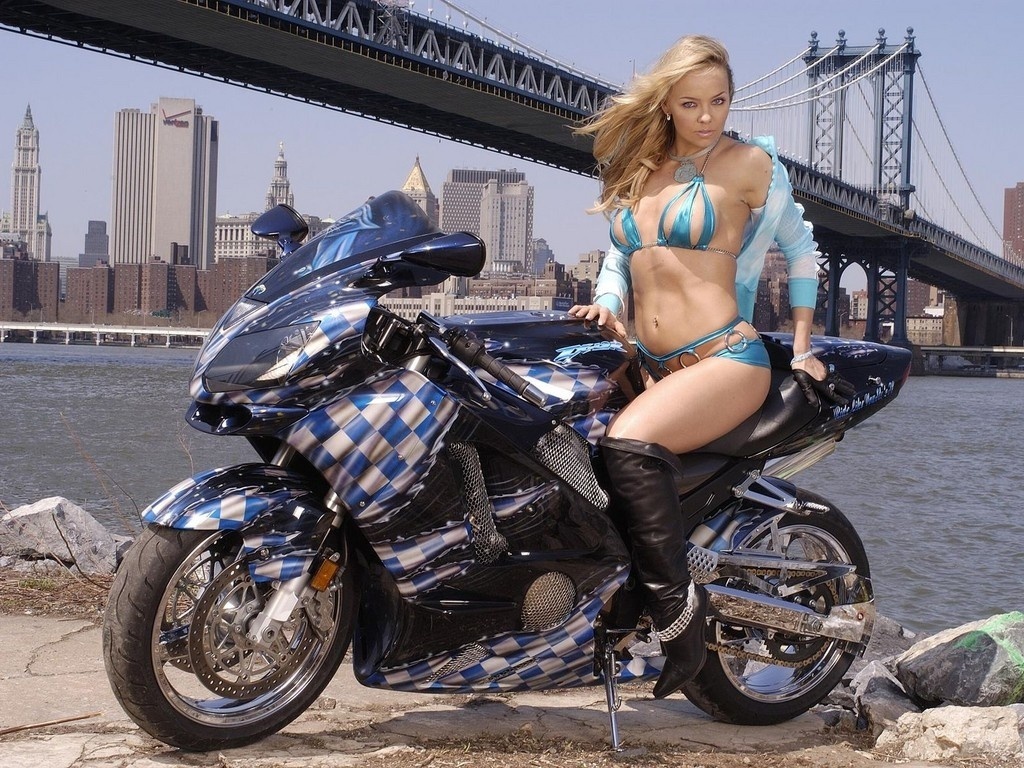 An early René Herse mixte with twin lateral stays, (c) 1947. To me, it brings to mind a woman in a shimmering evening gown with perfect posture, holding a glass of champagne in a slender hand as she looks out into the sea. Am I anthropomorphising? Well, maybe just a little.
An early René Herse mixte with twin lateral stays, (c) 1947. To me, it brings to mind a woman in a shimmering evening gown with perfect posture, holding a glass of champagne in a slender hand as she looks out into the sea. Am I anthropomorphising? Well, maybe just a little. Beautiful lugs and fork crown.
Beautiful lugs and fork crown. Lugged connection points where the lateral stays meet the seatpost. (This is so much nicer than the welded plate behind the seatpost on my Motobecane mixte.)
Lugged connection points where the lateral stays meet the seatpost. (This is so much nicer than the welded plate behind the seatpost on my Motobecane mixte.) How amazing to see a 1940s derailleur. Notice the unusual derailleur hanger design off of the chainstay.
How amazing to see a 1940s derailleur. Notice the unusual derailleur hanger design off of the chainstay. Original Lefol Le Paeon fenders. Velo Orange now sells a beautiful Honjo remake of these.
Original Lefol Le Paeon fenders. Velo Orange now sells a beautiful Honjo remake of these. I am curious about the handlebars. They seem to be Northroads, but weren't these bicycles fitted with the Champs-Élysées bars that these are based on? I would love to see the original Champs-Élysées bars on an early Herse mixte like this one. More photos of this bicycle in higher resolution available here.
I am curious about the handlebars. They seem to be Northroads, but weren't these bicycles fitted with the Champs-Élysées bars that these are based on? I would love to see the original Champs-Élysées bars on an early Herse mixte like this one. More photos of this bicycle in higher resolution available here. Here is a later model of a René Herse mixte - a touring bike (c) 1964. It is incredibly well preserved and part of a gorgeous touring pair. I know that some people do not like mixtes with drop bars, but I am not one of them. The beauty of the mixte is that it is versatile, and I think that the drop bars on the above photo look as natural and elegant as porteur bars. The frame design now features a single top tube branching off into twin stays at the seatpost. Personally I prefer the earlier design, with continuous lateral stays, but still this bicycle is gorgeous.
Here is a later model of a René Herse mixte - a touring bike (c) 1964. It is incredibly well preserved and part of a gorgeous touring pair. I know that some people do not like mixtes with drop bars, but I am not one of them. The beauty of the mixte is that it is versatile, and I think that the drop bars on the above photo look as natural and elegant as porteur bars. The frame design now features a single top tube branching off into twin stays at the seatpost. Personally I prefer the earlier design, with continuous lateral stays, but still this bicycle is gorgeous. A close-up of the stays attachment point. I am not certain when the switchover from the continuous twin lateral stays design took place, but possibly in the late 1950s - early 1960s.
A close-up of the stays attachment point. I am not certain when the switchover from the continuous twin lateral stays design took place, but possibly in the late 1950s - early 1960s. And this is one of the later original René Herse mixte designs, again with single top tube branching off into twin stays at the seatpost, (c)1972s.
And this is one of the later original René Herse mixte designs, again with single top tube branching off into twin stays at the seatpost, (c)1972s. Stay attachment looks a bit different from the '60s model, in that the stays lie close to the main tube. Because Herse made bespoke bicycles, I am not certain whether this reflects a change in design, or a customer's request.
Stay attachment looks a bit different from the '60s model, in that the stays lie close to the main tube. Because Herse made bespoke bicycles, I am not certain whether this reflects a change in design, or a customer's request. These wrap-around seat tube lugs are not typical for a mixte. See here for more photos of this bicycle from different angles and in high resolution.
These wrap-around seat tube lugs are not typical for a mixte. See here for more photos of this bicycle from different angles and in high resolution.It is interesting that these Herse mixtes all have the characteristic "seafoam" colour scheme that I have also noted in these other early French lady's bicycles. More interesting still that it happens to be my favourite colour. It is a delicate, gray-blue-green, not as harsh as the aquamarine of my Motobecane. I can stare at it all day and I hope you enjoy these images as well. A big thank you again to reneherse.com for their terrific website.







.jpg)







0 comments:
Post a Comment